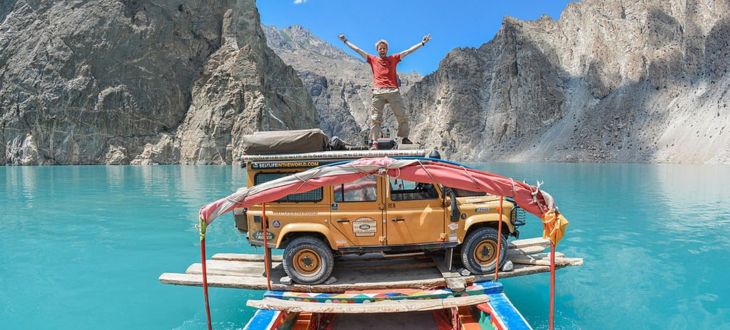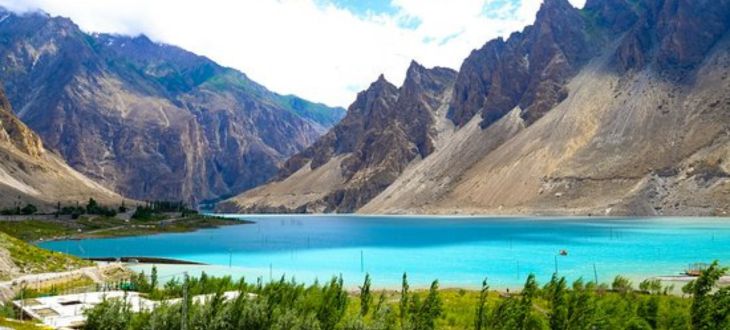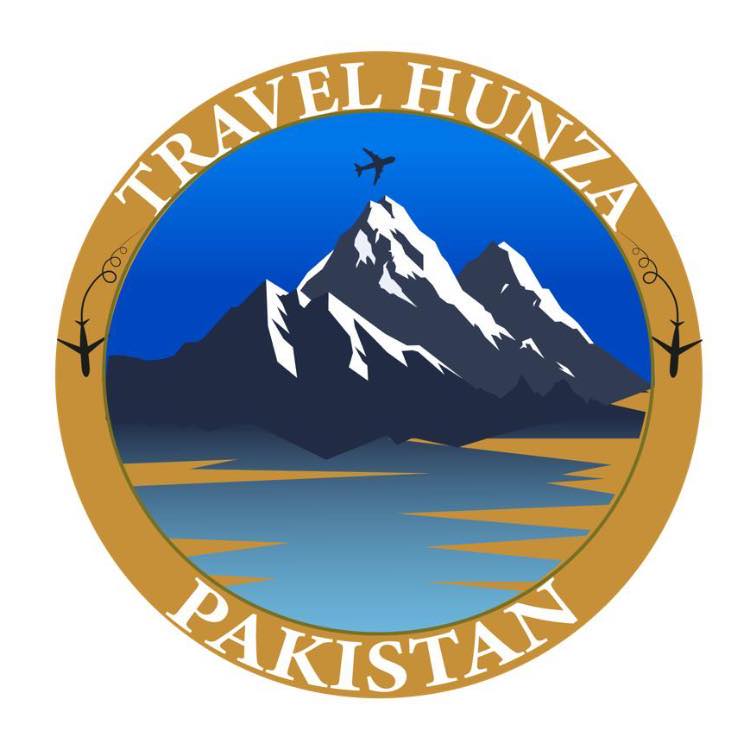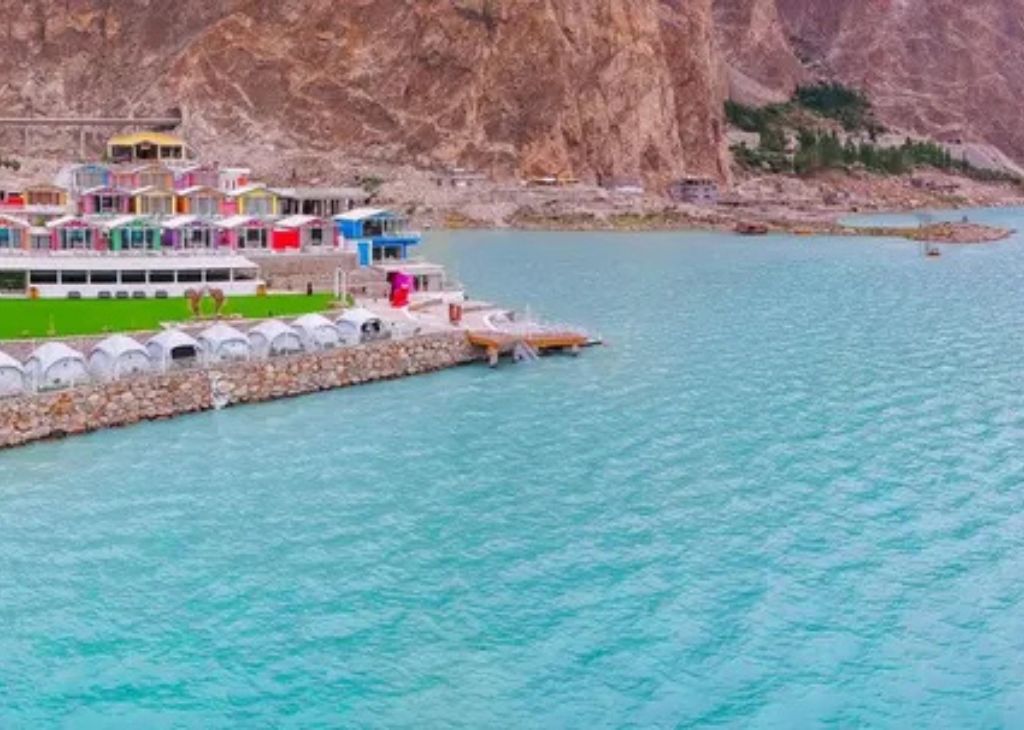Attabad Lake is one of the most stunning and breathtaking lakes in Pakistan. It is located in the Hunza Valley of the Gilgit-Baltistan region. But what makes this lake truly unique is the way it was formed. Unlike many lakes that form naturally over centuries, Attabad Lake was born out of a natural disaster. In 2010, a massive landslide blocked the flow of the Hunza River, and this gave birth to the beautiful and now world-famous Attabad Lake.
In this article, we will explore how the lake was formed, its effects on the local people, the tourism it attracts, and how it has now become a symbol of beauty and resilience in Pakistan.
How Attabad Lake Was Formed

On January 4, 2010, a huge landslide occurred in the village of Attabad, located in the Hunza Valley. Tons of rock and mud fell from the mountains and blocked the Hunza River. This caused the river water to collect and form a lake. Within a few days, the water level kept rising and eventually submerged several villages.
The landslide was very powerful. It created a natural dam, and behind it, water kept collecting. The villagers had no way to stop the water. As a result, several villages, including Attabad, Shishkat, Gulmit, and parts of Gojal, were either completely or partially submerged. The Karakoram Highway, which connects Pakistan to China, was also affected and remained underwater for years.
At first, the lake was seen as a disaster. People lost their homes, land, and businesses. But over time, this lake transformed into something beautiful and beneficial.
Details About Attabad Lake
- Location: Hunza Valley, Gilgit-Baltistan
- Formed: January 2010 (due to landslide)
- Length: Approximately 21 kilometers (13 miles)
- Depth: Around 358 feet (109 meters)
- Water Source: Hunza River
Even though the lake was formed due to destruction, nature shaped it into a stunning body of water. The lake has crystal-clear blue water surrounded by towering mountains, making it look like a scene from a fairy tale.
Impact on Local People
The creation of Attabad Lake had a big impact on the lives of local people.
1. Displacement of Families
More than 6,000 people were forced to leave their homes. Entire villages went underwater, and people lost their land and belongings. Many families had to live in camps and rely on government aid and support from NGOs.
2. Economic Losses
The local economy suffered badly. The Hunza region depended on agriculture and tourism. With villages underwater and roads blocked, it was very difficult to transport goods and attract tourists.
3. Road Closure
The Karakoram Highway (KKH), Pakistan’s main route to China, was damaged. A large section of it disappeared under the lake. This affected trade between Pakistan and China for several years.
But even in this difficult time, the people of Hunza showed courage and strength. Over time, with the help of the government and development partners, life started returning to normal.
Turning Disaster into a Tourism Attraction

After the initial shock and losses, people slowly began to see the positive side of the lake. Attabad Lake became a popular tourist destination. The clear turquoise water and peaceful surroundings started attracting visitors from all over the country and even from abroad.
Today, Attabad Lake is one of the top travel spots in Gilgit-Baltistan.
Activities for Tourists
- Boating – Tourists can enjoy boat rides in the calm waters of the lake. The experience is magical, especially with the mountain views.
- Jet Skiing – For thrill-seekers, jet skiing on Attabad Lake is a must.
- Fishing – Some parts of the lake are good for fishing.
- Camping and Glamping – There are beautiful lakeside spots where tourists can camp under the stars or stay in luxurious “glamping” sites.
- Photography – The lake and surrounding areas offer some of the most stunning views in Pakistan, making it a favorite for photographers.
Infrastructure Improvements
To help tourists and improve the situation for locals, the government and China worked together on several projects.
1. Tunnels and New Road
A series of five tunnels were built as part of the realigned Karakoram Highway. This new road was built over the mountains beside the lake to replace the submerged section. The tunnels are known as the Pak-China Friendship Tunnels and were completed in 2015.
2. Hotels and Resorts
New hotels, guest houses, and resorts were built near the lake. These provide comfort for tourists and job opportunities for local people.
3. Safety Measures
Safety signs, life jackets, and guides are available for tourists to ensure safe travel and enjoyment.
Environmental Concerns
While Attabad Lake is beautiful, it also raised some concerns for the environment.
- Water Quality – The water is very clean, but increasing tourism can lead to pollution. It is important to manage waste properly.
- Submerged Land – The land under the lake included fertile soil and farming areas. The ecosystem of that region was disturbed.
- Earthquake and Landslide Risk – The Hunza region is a seismically active area. Future landslides could cause further damage if not monitored.
The government and NGOs are working to address these concerns while continuing to promote tourism.
A Symbol of Hope and Strength
Today, Attabad Lake is not just a tourist spot; it is a symbol of how beauty can emerge from tragedy. The people of Hunza faced great challenges. They lost homes, land, and family members. But they did not give up.
Instead, they turned the disaster into an opportunity. Locals built businesses around tourism, including boat services, food stalls, and guest houses. The lake also brought media attention to Hunza, showcasing the beauty of Pakistan to the world.
Visitor Tips for Attabad Lake

If you are planning to visit Attabad Lake, here are some helpful tips:
- Best Time to Visit: From May to October when the weather is pleasant.
- Clothing: Bring warm clothes, especially if visiting in early or late season.
- How to Get There: You can reach Hunza by road from Gilgit. From Hunza town, the lake is about 20 km away.
- Stay Options: There are hotels and luxury camps near the lake like Luxus Hunza and Serena Hotel in nearby Karimabad.
- Respect the Environment: Do not throw trash in or around the lake. Keep the natural beauty clean for others to enjoy.
Conclusion
Attabad Lake is one of Pakistan’s hidden gems. Born out of tragedy, it has become a place of beauty, adventure, and inspiration. It reminds us of how nature can surprise us and how strong human beings can be even in the face of disaster.
From a deadly landslide to a sparkling blue lake, Attabad tells a powerful story. Today, it stands as a proud attraction of Hunza Valley and a must-see destination for all nature lovers and travelers.
If you ever get the chance to visit Hunza, don’t miss the chance to see Attabad Lake — a place where nature, history, and resilience come together in the most breathtaking way.




